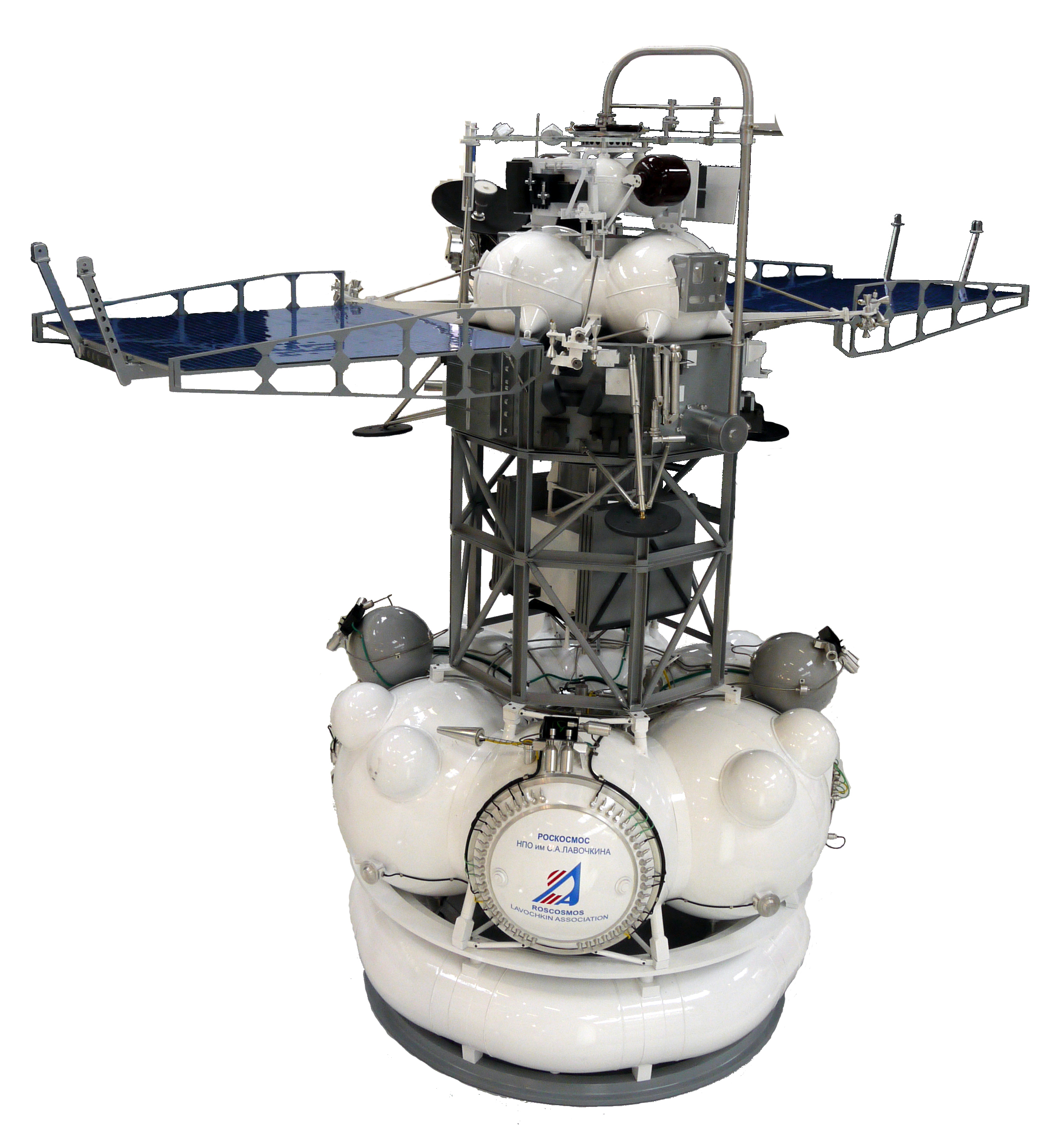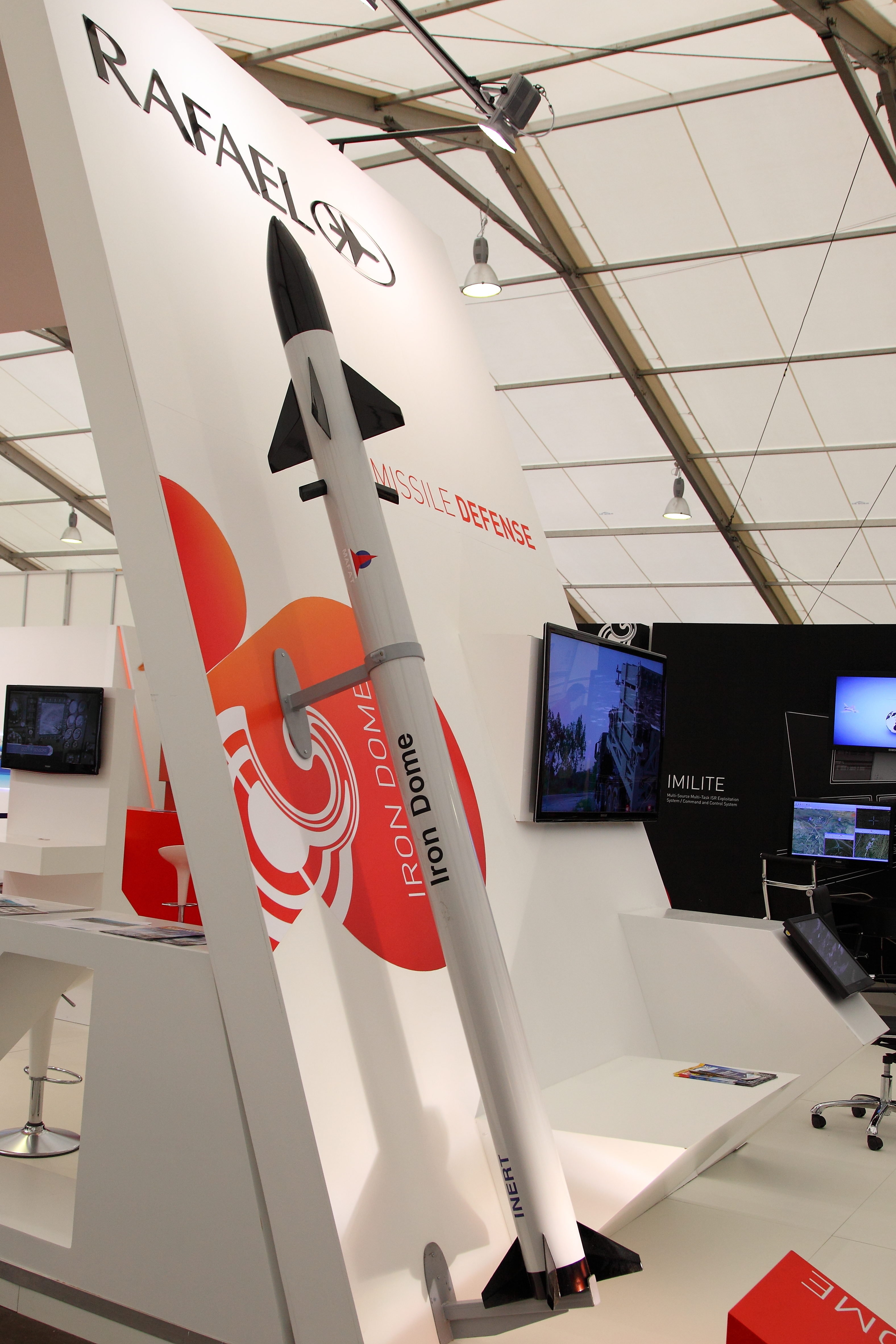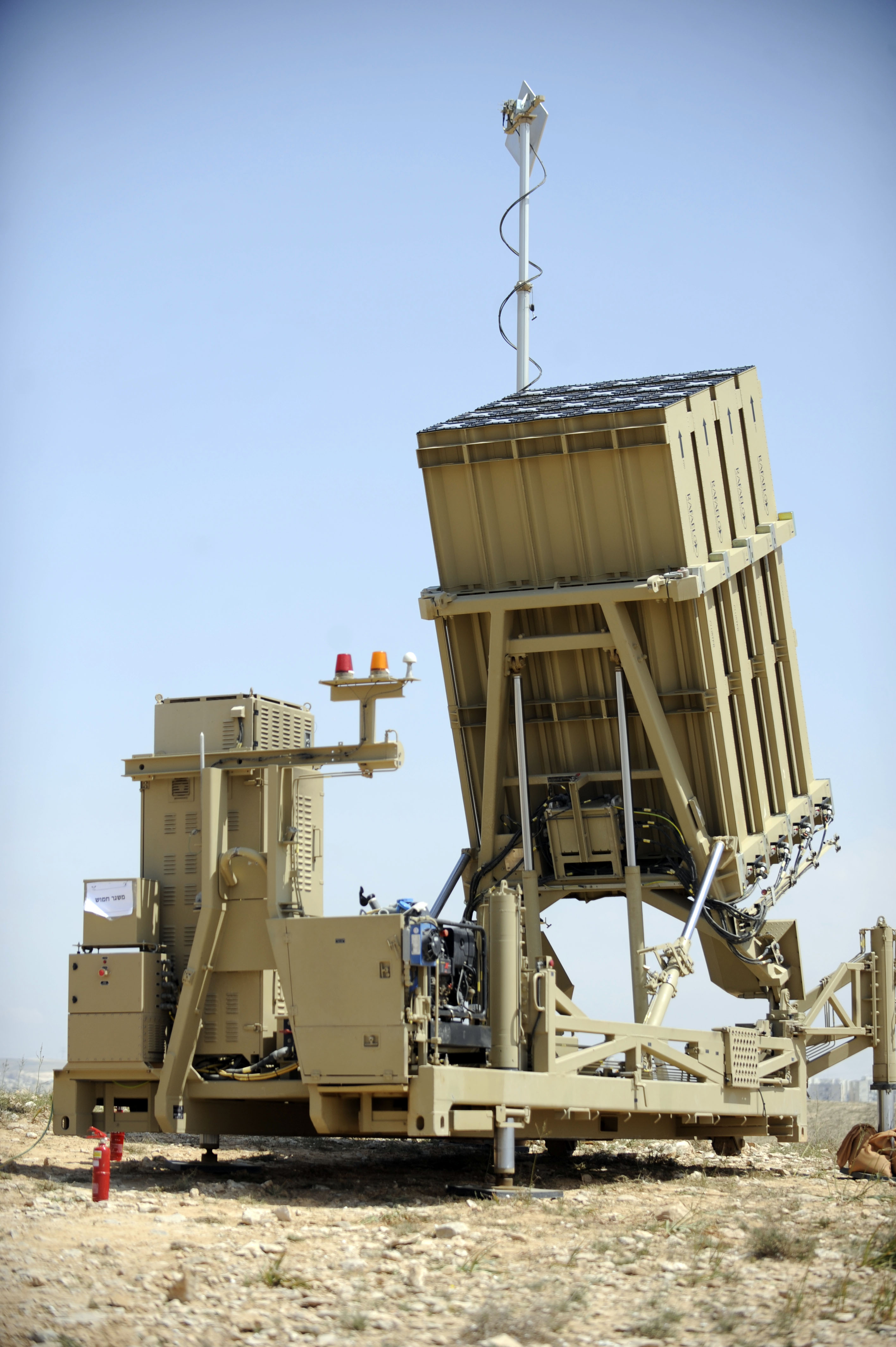Winston
Lorenzo von Matterhorn
- Joined
- Jan 31, 2009
- Messages
- 9,560
- Reaction score
- 1,748
A very interesting mission. If they know what caused the problem, update the design and launch another one with a total cost of less than 1/2 that of a "faster, better, cheaper" NASA Express project, so NASA could pay for it and barely notice.
Fobos-Grunt
https://en.wikipedia.org/wiki/Fobos-Grunt
Fobos-Grunt or Phobos-Grunt (Russian: Фобос-Грунт, literally "Phobos-Ground") was an attempted Russian sample return mission to Phobos, one of the moons of Mars. Fobos-Grunt also carried the Chinese Mars orbiter Yinghuo-1 and the tiny Living Interplanetary Flight Experiment funded by the Planetary Society.
It was launched on 9 November 2011 at 02:16 local time (8 November 2011, 20:16 UTC) from the Baikonur Cosmodrome, but subsequent rocket burns intended to set the craft on a course for Mars failed, leaving it stranded in low Earth orbit. Efforts to reactivate the craft were unsuccessful, and it fell back to Earth in an uncontrolled re-entry on 15 January 2012, over the Pacific Ocean west of Chile. The return vehicle was to have returned to Earth in August 2014, carrying up to 200 g of soil from Phobos.
Funded by the Russian Federal Space Agency and developed by Lavochkin and the Russian Space Research Institute, Fobos-Grunt was the first Russian-led interplanetary mission since the failed Mars 96. The last successful interplanetary missions were the Soviet Vega 2 in 1985–1986, and the partially successful Fobos 2 in 1988–1989. Fobos-Grunt was designed to become the first spacecraft to return a macroscopic sample from an extraterrestrial body since Luna 24 in 1976.
The cost of the project was 1.5 billion rubles (US$64.4 million). Launch vehicle: Zenit-2M (US$61.1 million) payload to LEO 26,520 lb. Used Falcon 9 in expendable mode ($?? million) payload to LEO 22,800.

Fobos-Grunt
https://en.wikipedia.org/wiki/Fobos-Grunt
Fobos-Grunt or Phobos-Grunt (Russian: Фобос-Грунт, literally "Phobos-Ground") was an attempted Russian sample return mission to Phobos, one of the moons of Mars. Fobos-Grunt also carried the Chinese Mars orbiter Yinghuo-1 and the tiny Living Interplanetary Flight Experiment funded by the Planetary Society.
It was launched on 9 November 2011 at 02:16 local time (8 November 2011, 20:16 UTC) from the Baikonur Cosmodrome, but subsequent rocket burns intended to set the craft on a course for Mars failed, leaving it stranded in low Earth orbit. Efforts to reactivate the craft were unsuccessful, and it fell back to Earth in an uncontrolled re-entry on 15 January 2012, over the Pacific Ocean west of Chile. The return vehicle was to have returned to Earth in August 2014, carrying up to 200 g of soil from Phobos.
Funded by the Russian Federal Space Agency and developed by Lavochkin and the Russian Space Research Institute, Fobos-Grunt was the first Russian-led interplanetary mission since the failed Mars 96. The last successful interplanetary missions were the Soviet Vega 2 in 1985–1986, and the partially successful Fobos 2 in 1988–1989. Fobos-Grunt was designed to become the first spacecraft to return a macroscopic sample from an extraterrestrial body since Luna 24 in 1976.
The cost of the project was 1.5 billion rubles (US$64.4 million). Launch vehicle: Zenit-2M (US$61.1 million) payload to LEO 26,520 lb. Used Falcon 9 in expendable mode ($?? million) payload to LEO 22,800.







